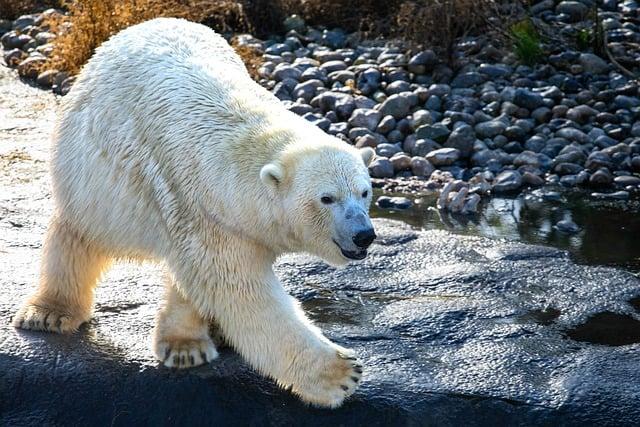- Introduction
- Arctic Seals in Steep Decline
- Majority of Bird Populations Under Threat
- Climate Change and Habitat Loss: A Dual Crisis
- What Can Be Done to Reverse the Trend?
- Conclusion
- FAQs
- References
Introduction
A new global report on biodiversity has issued a warning: Arctic seals and a majority of bird species are now under significant threat. These findings reflect growing concerns from conservationists and ecologists about species extinction at an unprecedented rate. This article explores the alarming decline in Arctic seal populations, the increasingly perilous state of global bird populations, and the contributing factors such as climate change and habitat destruction.
We'll also examine how these threats are interconnected and why global action is urgently needed. Finally, this article discusses possible conservation solutions and policy interventions aimed at reversing these worrying trends.
Arctic Seals in Steep Decline
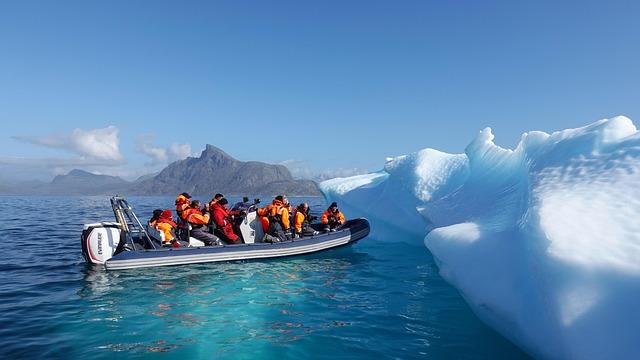
(Image: Pixabay/@dassel)
Arctic seals, including iconic species like the ringed seal and the bearded seal, have seen alarming population drops over the last decade. According to marine biologists, the primary culprit is the warming Arctic environment that is rapidly melting the sea ice these animals depend on for breeding, molting, and resting.
Sea ice not only serves as physical habitat but also affects the entire food chain. With ice disappearing earlier in the season and forming later in the year, seals find it harder to reproduce. Their pups are often born on unstable ice that can break apart before they mature enough to survive on their own. Without suitable breeding grounds, population renewal becomes a major challenge.
Scientists from the National Oceanic and Atmospheric Administration (NOAA) have even listed some species under the U.S. Endangered Species Act. These listings are considered precautionary measures in anticipation of continued environmental changes predicted by climate modeling.
Majority of Bird Populations Under Threat
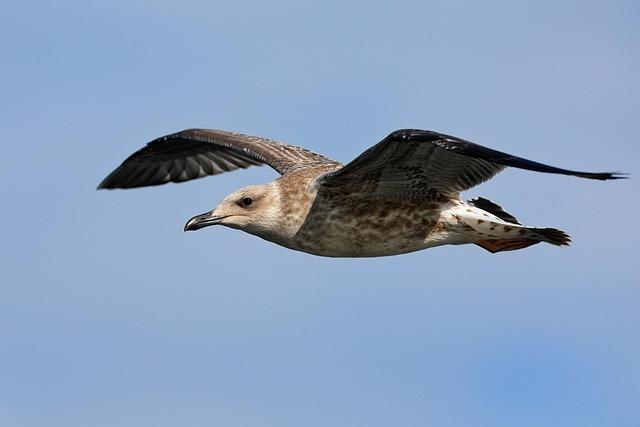
(Image: Pixabay/@sharkolot)
The plight of birds is no less concerning. A major study by BirdLife International recently revealed that nearly half of global bird species are declining, with more than one in eight now threatened with extinction. Among them are once-common birds like the barn swallow and nightingale, highlighting that no species is entirely safe.
Birds are considered critical indicators of ecosystem health. Their disappearance points to broader environmental issues, ranging from chemical pollution and deforestation to climate-induced disruption of breeding patterns. Migratory birds are especially vulnerable, as they often depend on a chain of habitats across continents that are being degraded or destroyed.
Urbanization, industrial agriculture, and unsustainable logging have turned vast tracts of natural habitat into inhospitable environments. These fundamental changes reduce food availability and nesting areas, pushing bird populations past recovery thresholds in many regions.
Climate Change and Habitat Loss: A Dual Crisis
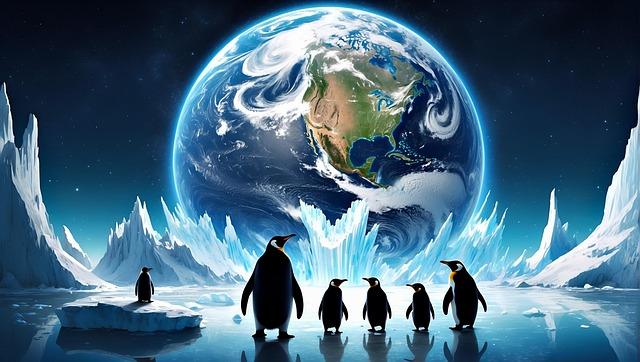
(Image: Pixabay/@NickyPe)
Climate change and habitat destruction are twin crises that amplify each other. As the planet warms, entire ecosystems are being transformed at an accelerating pace. Arctic regions are warming two to four times faster than the global average, leading to cascading effects on species that depend on cold environments.
Simultaneously, human-driven habitat destruction—such as deforestation, land conversion for agriculture, and urban expansion—is leaving wildlife with shrinking or fragmented habitats. When environmental changes push animals out of familiar ecosystems, many cannot adapt quickly enough, resulting in population declines or local extinctions.
The loss of biodiversity is not just a concern for conservationists—it has far-reaching implications for humans as well. Healthy ecosystems support agriculture, regulate climate, and provide clean water. Losing key species undermines these services and increases both ecological and economic vulnerabilities.
What Can Be Done to Reverse the Trend?
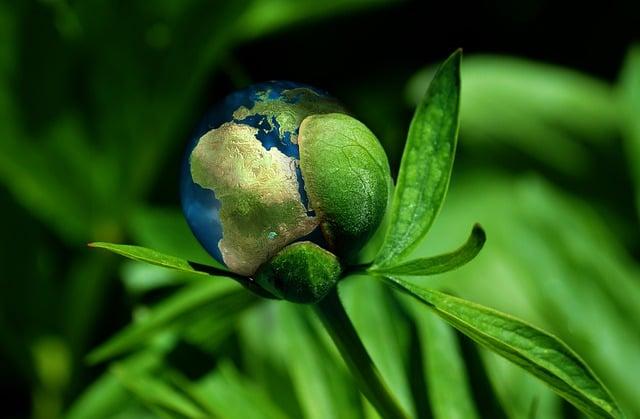
(Image: Pixabay/@geralt)
Despite the grim outlook, experts say action is possible—and effective. Marine protected areas, international wildlife treaties, and reforestation programs have shown that species can rebound if given a chance. Public awareness campaigns and community-driven conservation projects have become instrumental in advocating for policy changes and generating funding.
Innovation also plays a role. Technologies such as satellite tracking and remote sensors help researchers monitor wildlife in real-time, offering valuable data for targeted interventions. Artificial intelligence is increasingly used to analyze migration patterns and predict future species risk.
Most importantly, addressing these crises requires a global and collaborative approach. Reducing greenhouse gas emissions, adopting sustainable land-use practices, and enforcing stricter protections for endangered species must top environmental policy agendas worldwide.
Conclusion
The current trajectory of Arctic seal and global bird populations points to an unfolding biodiversity crisis that demands immediate and sustained action. While climate change and habitat loss are significant drivers, they are not beyond our control. Through international cooperation, scientific innovation, and empowered conservation, the tide can be turned for numerous species on the brink.
Protecting wildlife is not just about preserving nature’s beauty—it’s about maintaining the delicate balance of life systems upon which we all depend.
FAQs
Why are Arctic seals particularly vulnerable?
Arctic seals rely on sea ice for critical life functions such as breeding and resting. As climate change accelerates ice melt, their habitats are becoming increasingly unstable.
Which bird species are currently endangered?
More than 1,400 bird species face threats, including the yellow-breasted bunting, African grey parrot, and even some varieties of shorebirds and songbirds once considered common.
Is habitat destruction worse than climate change?
Both are major drivers of species loss, often interacting in complex ways. Habitat destruction removes the immediate resources animals need, while climate change alters ecosystem dynamics more broadly over time.
How can individuals help in conservation efforts?
People can contribute by supporting conservation organizations, reducing carbon footprints, conserving water, planting native species, avoiding single-use plastics, and advocating for policy reforms.
Are there any success stories where species have recovered?
Yes, species like the bald eagle in the U.S. and the Mauritius kestrel have made remarkable recoveries due to concentrated conservation efforts, proving that reversal is possible with the right actions.

